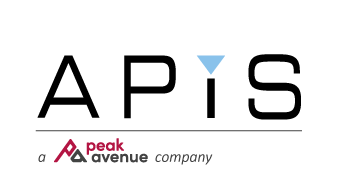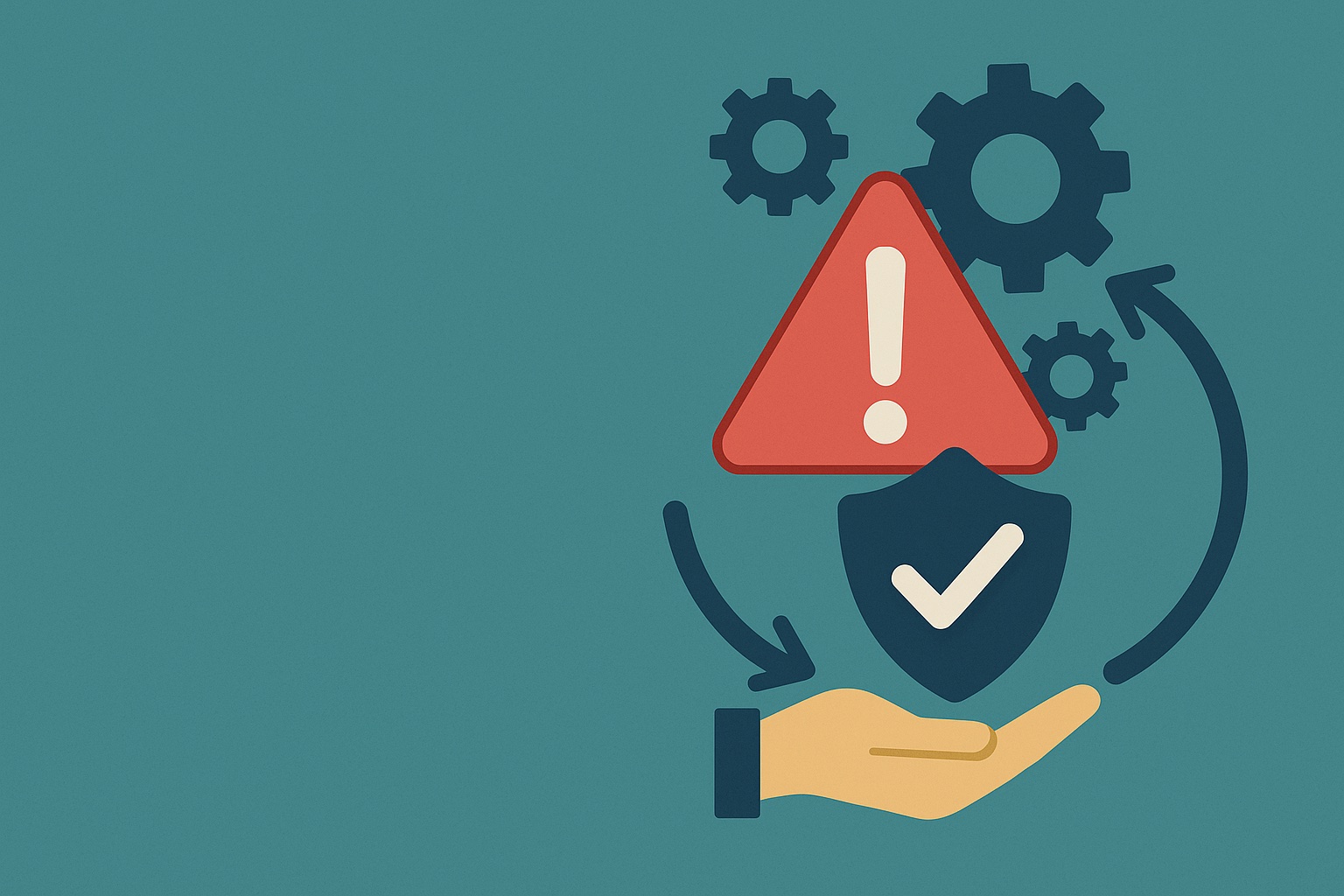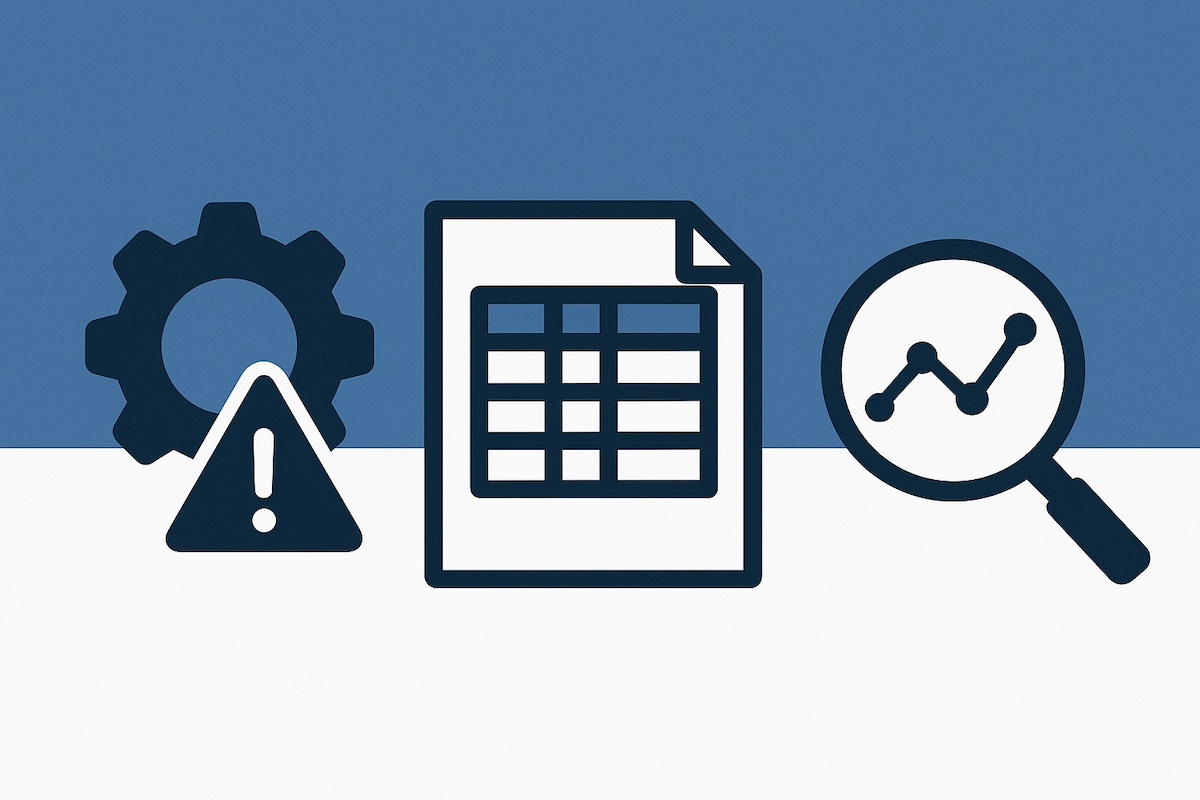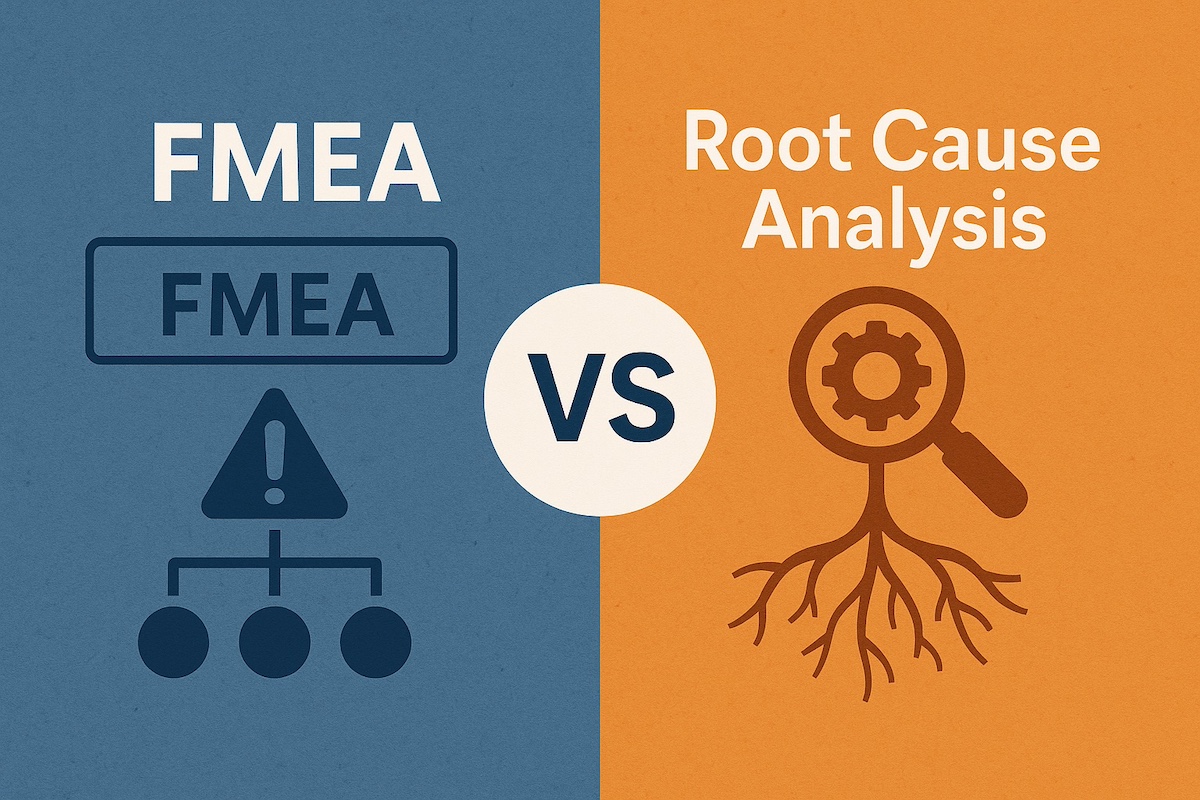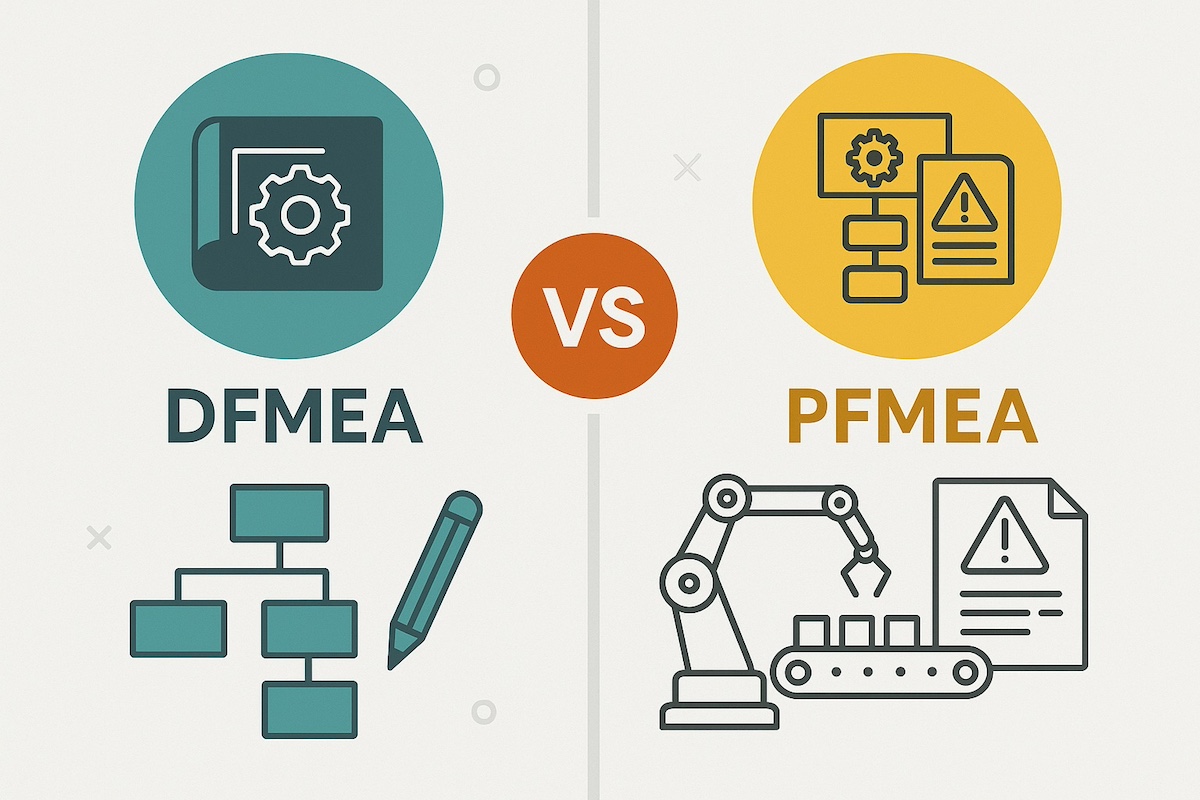In today’s fast-paced product development and manufacturing landscape, risks are inevitable—but not unmanageable. That’s where risk mitigation comes in.
Risk mitigation is the process of identifying, assessing, and reducing potential issues before they escalate into costly failures. One of the most effective tools used in industries like automotive, aerospace, medical devices, and electronics is FMEA (Failure Modes and Effects Analysis). By applying structured FMEA strategies, teams can prioritize potential failure points, implement corrective actions, and ultimately deliver safer, higher-quality products.
In this guide, we’ll walk you through what risk mitigation means, how FMEA works, and how advanced tools like APIS® IQ-Software can elevate your risk analysis process.
What Is Risk Mitigation?
Definition and Purpose
Risk mitigation refers to the steps taken to reduce the probability and/or impact of negative events in a system, product, or process. It’s a core principle in quality assurance, engineering, and safety-focused development.
While risk management is the broader process that includes identifying, evaluating, accepting, transferring, or mitigating risk, risk mitigation focuses on directly reducing or eliminating the risk.
Why Risk Mitigation Matters
Mitigating risk proactively:
- Prevents costly recalls and customer dissatisfaction
- Ensures compliance with industry standards like ISO 26262 (automotive), IATF 16949, and IEC 60812
- Enhances product reliability and lifecycle performance
- Improves brand reputation and customer trust
~~Example: In 2010, a major automotive manufacturer faced massive recalls due to brake failure issues. A robust risk mitigation process during design could have helped detect those failure modes earlier.~~
Understanding FMEA as a Risk Mitigation Tool
What Is FMEA?
FMEA is a structured methodology used to identify and evaluate the potential failures of a product or process and the corresponding causes and effects of those failures. It helps teams assess (and address) risks early, before a product hits the market.
Types of FMEAs include:
- Design FMEA (DFMEA): Analyzes potential failures in product design
- Process FMEA (PFMEA): Focuses on failures in manufacturing and assembly processes
The Role of FMEA in Risk Mitigation
FMEA plays a critical role by:
- Systematically identifying failure points
- Assessing their severity, frequency, and detection probability
- Guiding decisions on where to focus mitigation efforts
- Providing a clear documentation trail for audits and quality reviews
Key Strategies in Risk Mitigation Through FMEA
Identifying Failure Modes
FMEA starts with breaking down the product or process into subsystems and components to identify all the ways they could potentially fail—also known as failure modes.
Example: In a car’s braking system, possible failure modes might include brake pad wear, hydraulic fluid leakage, or electronic sensor malfunction.
Assessing Severity, Occurrence, and Detection (S, O, D)
Once failure modes are identified, each is ranked based on:
- Severity (S): How serious is the impact of the failure?
- Occurrence (O): How frequently is the failure likely to happen?
- Detection (D): How likely is it that the failure will be detected before reaching the customer?
These ratings are multiplied to calculate the Risk Priority Number (RPN), a traditional way to prioritize risks.
Action Priority (AP): The Modern Approach
Modern FMEA standards (AIAG & VDA) now focus more on Action Priority (AP) rather than RPN, promoting a more intelligent, context-aware approach to decision-making.
Prioritizing and Implementing Risk Reduction Actions
Once risks are prioritized, teams should take action to reduce them. Risk mitigation strategies may include:
- Design changes (e.g., thicker materials, added redundancy)
- Process controls (e.g., automation, better inspection protocols)
- Supplier qualification improvements
The FMEA should be updated after mitigation actions to reflect new risk levels.
Re-evaluating After Action Implementation
Risk mitigation is not a one-time event. Continuous review ensures effectiveness. Tools like APIS® IQ-Software help teams:
- Re-prioritize planned activities after changes have been implemented and verified
- Track implemented actions
- Maintain traceability and transparency
Related Reading – FTA vs FMEA – Key Differences Explained
Advanced Risk Mitigation with APIS® IQ-Software
Features That Support Strategic Risk Reduction
APIS® IQ-Software offers advanced FMEA capabilities beyond basic spreadsheets or generic templates. Key features include:
- Functional Analysis: Build logical relationships between system functions and failures
- Structure Tree Visualization: Visual breakdown of product/process hierarchy
- Integrated Documents: Link DFMEAs, PFMEAs, and Control Plans for consistency
- Action Tracking: Monitor mitigation steps and due dates
- Version Control: Manage changes and compare revisions
Collaboration and Traceability
Risk mitigation often involves cross-functional teams. IQ-Software enables:
- Multi-user collaboration across global teams
- Audit-ready documentation with clear change history
- Custom templates aligned with industry-specific needs (e.g., automotive, aerospace)
Real-World Use Cases
- Automotive: Streamlining FMEA processes for EV battery safety
- Aerospace: Managing complex functional dependencies
- Medical Devices: Ensuring compliance with the FDA and ISO 14971
Common Pitfalls in Risk Mitigation—and How to Avoid Them
Incomplete or Superficial FMEAs
Many teams rush through FMEA with generic templates, missing failure modes or not accounting for system interactions.
Solution: Use functional analysis and structured methodologies, as supported by APIS® IQ-Software.
Focusing Solely on RPN
RPN alone doesn’t always identify the most critical risks. That’s why the APIS® IQ-Software addtionally offers other metrics like AP, RPL, Risk Matrices as comparative metrics.
Solution: Transition to AIAG & VDA-based models for better decision-making. Combine the risk metrics to get a more comprehensive assessment.
Lack of Follow-Through
Identifying risks is only half the job. Without proper tracking of actions, risks remain unresolved.
Solution: Use software with integrated action tracking and reminders to enforce accountability.
FAQs About Risk Mitigation and FMEA
What is the difference between risk mitigation and risk avoidance?
Risk avoidance eliminates risk entirely by removing the root cause. Risk mitigation reduces the impact or likelihood of risk but doesn’t remove it completely.
How does FMEA help reduce risk in engineering projects?
FMEA identifies potential failures early in the development cycle, allowing teams to address issues before they become costly or dangerous. At a minimum, being aware of all possible failures is a big step forward from having “surprise” failures during production!
What industries benefit the most from FMEA-based risk mitigation?
Industries with complex systems and safety requirements—like automotive, aerospace, healthcare, electronics, and defense—rely heavily on FMEA.
How often should an FMEA be updated?
FMEAs should be updated whenever there are:
- Product design changes
- Process adjustments
- Field returns or failures
- Internal/external audit findings
Conclusion: Risk Reduction Is a Strategic Advantage
At its core, risk mitigation is not just about avoiding problems—it’s about building better products. By leveraging structured tools like FMEA and combining them with advanced software solutions, teams can move from reactive fixes to proactive excellence.
From the Team at APiS North America®
At APiS North America, we help organizations bring clarity and structure to their risk mitigation strategies. Our industry-leading APIS® IQ-Software empowers engineering, quality, and manufacturing teams to analyze, document, and reduce risks in complex systems efficiently and intelligently.
Whether you’re developing a new product, refining an existing process, or aligning with industry standards, we’re here to support your journey toward reliable, high-quality outcomes.
Ready to transform your FMEA process?
Visit our website to learn more or request a demo of APIS® IQ-Software.
